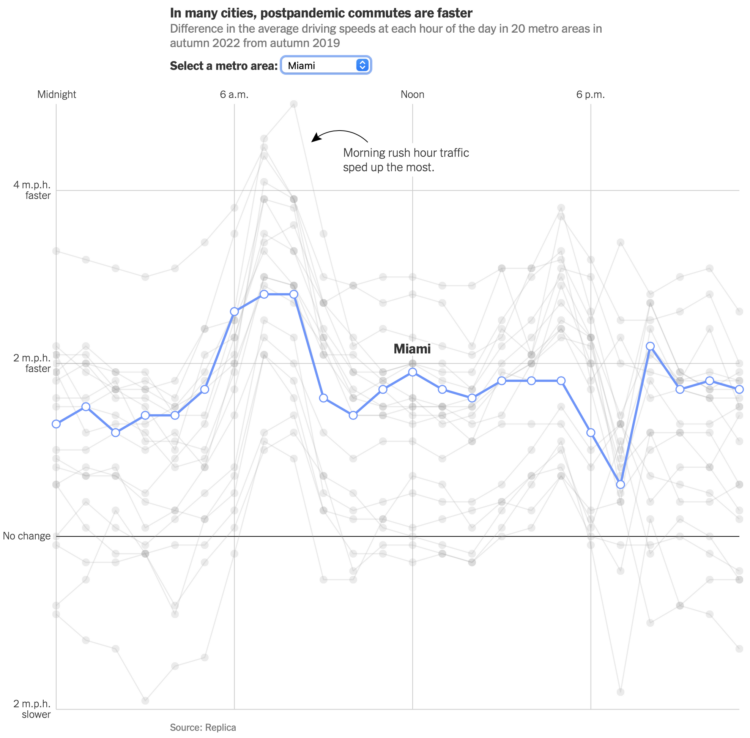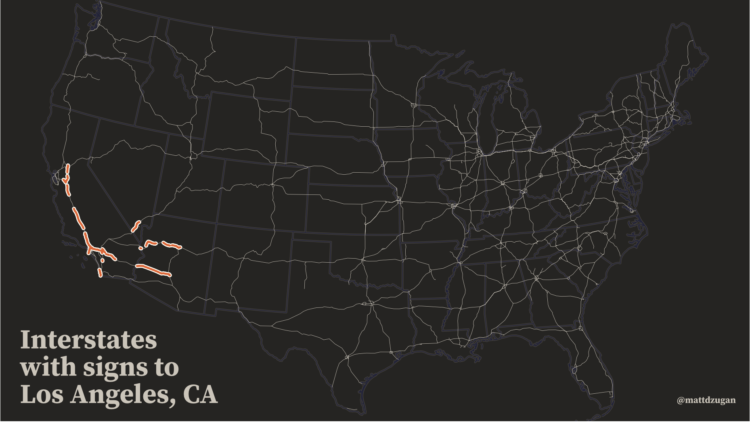
Sergio Peçanha and Yan Wu for The Washington Post made a calculator that shows how much time you spend commuting in a year and what you could do with that time instead. The input, interaction, and calculations are straightforward. Just use the slider to specify your roundtrip commute time, and the numbers update.
The easiest thing to do would be to just provide the total hours. You commute for an hour per day? That’s 250 hours in a year. That seems like a lot of time, but on its own it’s an abstract calculation. The interactive takes the natural next step with what you could do with that time, which makes the calculation more tangible.
I do the same thing when describing money saved. A few dollars here and there doesn’t seem like much, but extrapolate that to Jack in the Box tacos, and you’re getting somewhere.
Tags: commute, scale, Sergio Peçanha, Washington Post








